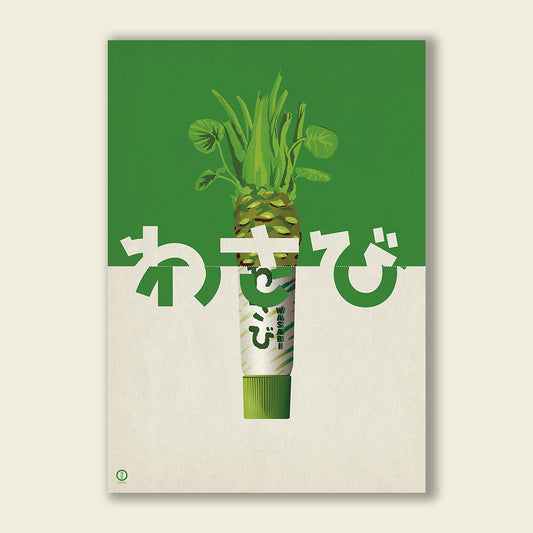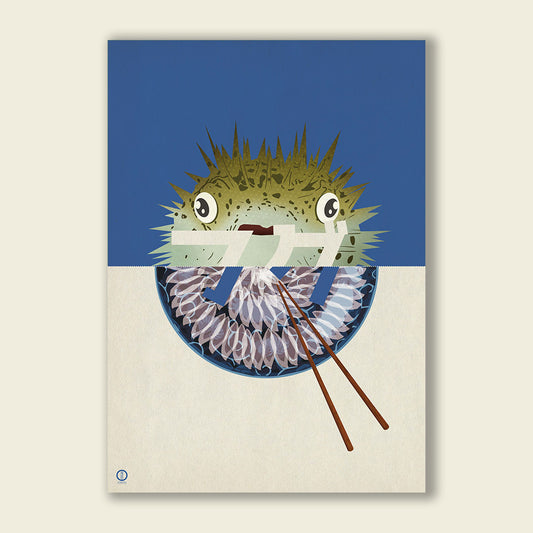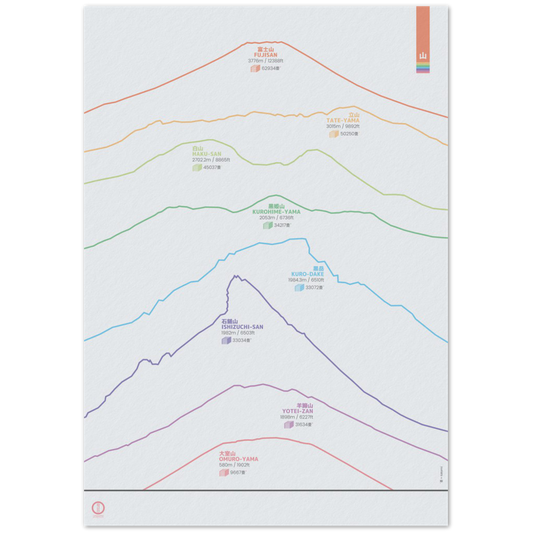
What's the Difference Between ある (aru) and いる (iru)?
Share
If you're learning Japanese grammar, you've probably come across the verbs ある (aru) and いる (iru). Both mean “to be” or “to exist”, but they’re used differently depending on what you’re talking about. Here’s a simple comparison table to help.
| Verb | Used For | Examples |
|---|---|---|
|
ある aru |
Inanimate: - Objects - Locations - Events - Plants - Ideas |
部屋にゴジラのポスターがある。 There is a poster of Godzilla in the room 明日試験がある。 There's a test tomorrow |
|
いる iru |
Animate: - People - Animals - Anything moving - Ghosts / aliens / imaginary beings |
部屋に猫がいる。 There’s a cat in the room 友達がいる。 I have a friend 海にゴジラがいる!。 Godzilla is in the ocean! |
A note on meaning: not “there is”, but “exists”
In English, we translate ある and いる as “there is” or “there are”, but that’s not how Japanese people actually perceive these verbs.
When someone says: 部屋に猫がいる。
They are not thinking: “There is a cat in the room” like we do in English.
They are thinking: “A cat exists in the room.”
In Japanese, the focus is on the existence of the thing or being, not on whether it’s “there” or “over there”. That’s why ある / いる are called existential verbs in grammar terms. You’re literally stating that something exists in a certain place, not pointing it out.
This is subtle, but it affects how sentences are built and understood. It’s why Japanese often starts with the location (like 部屋に) and ends with what exists.
Conjugation of both verbs
| Present | いる | ある |
|---|---|---|
| Negative | いない | ない |
| Present (Polite) | います | あります |
| Negative (Polite) | いません | ありません |
| Past | いた | あった |
| Past Negative | いなかった | なかった |
| Past (Polite) | いました | ありました |
| Past Negative (Polite) | いませんでした | ありませんでした |
What does “anything moving” mean?
In Japanese, いる is not just for humans and animals. It’s also used for any being that moves with intention or has some form of presence. This includes:
- Insects like 虫 (bugs), 蟻 (ants), 蜂 (bees)
- Fish and reptiles like 魚, 蜥蜴 (lizard), 蛇 (snake)
- Fictional or spiritual beings like 幽霊 (ghosts), 神 (gods), 宇宙人 (aliens)
- Robots or AI in stories, if they act alive or have personality
If it seems alive, behaves with intent, or has a will, いる is usually the right verb.
Therefore, you can sometimes find a moving inanimate thing suddenly being used with いる.
-
車が来ている。 The car is coming / arriving.
Even though a car is inanimate, if it's moving (especially with people inside), いる is natural because the movement implies presence and intent. -
風が森の中を走っている。 The wind is running through the forest.
In literature, nature or elements can be personified. Here, the wind is described with いる to give it life, movement, and emotion.
Quick summary
- ある is for non-moving things, places, ideas, events, and plants
- いる is for moving things like people, animals, and anything animate










